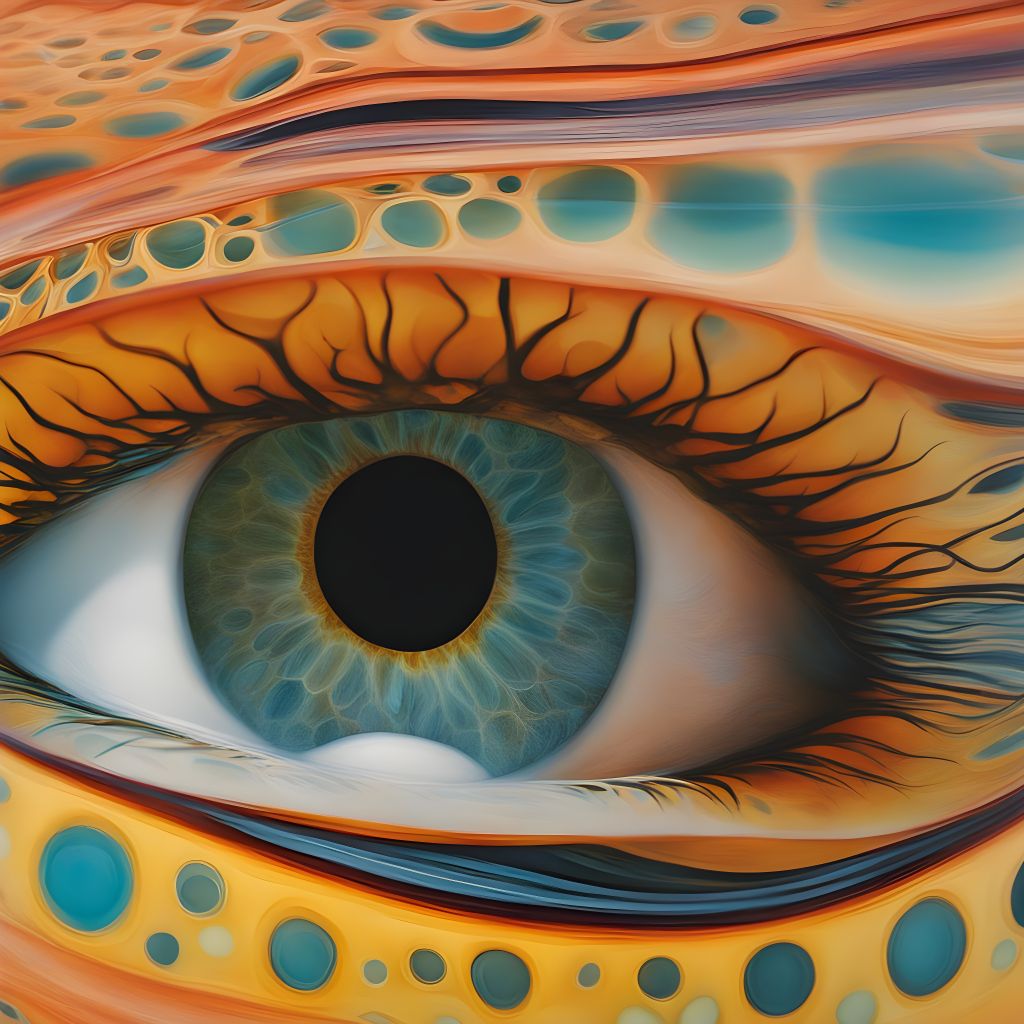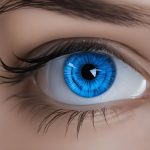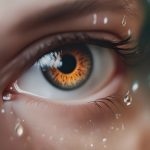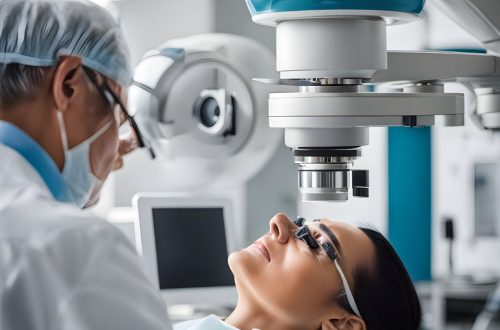Cataracts have been historically documented as one of the leading causes of vision impairment and blindness worldwide. With an increasingly aging population, it’s expected that the prevalence of cataracts will grow, making awareness and understanding of this eye condition even more crucial.
Understanding Cataracts
A cataract forms when the natural lens of the eye, responsible for focusing light onto the retina and helping us see clearly, becomes clouded. Instead of light passing through the lens to the retina smoothly, it gets scattered, leading to blurred or hazy vision.
Main Causes of Cataracts
Several factors can contribute to the formation and growth of cataracts:
- Age: Age-related changes in the lens structure lead to cataract formation in most people over the age of 60.
- Ultraviolet Radiation: Extended exposure to UV rays from the sun can accelerate cataract development.
- Diabetes: Elevated blood sugar levels can lead to changes in the eye lens, increasing the risk of cataracts.
- Medications: Some drugs, especially corticosteroids, can induce cataract formation when used long-term.
- Eye Injury: Trauma to the eye can lead to traumatic cataracts, either immediately post-injury or even several years later.
- Other Factors: Smoking, excessive alcohol consumption, and a family history of cataracts also play a role.

Eye Drops Importance
Recognizing the Symptoms
Cataracts typically develop slowly, with early symptoms often going unnoticed. However, as the cataract progresses, the following symptoms may appear:
- Blurred or hazy vision
- Increased sensitivity to glare, especially at night
- A perception of colors as faded or yellowed
- Double vision in one eye
- Frequent changes in eyeglass prescription
Treatment Options
Early cataract symptoms can be managed with corrective lenses. However, as the condition progresses, more comprehensive interventions may be necessary. Here are the mainstay treatment options:
- Lifestyle Adjustments: Initially, using brighter lighting, wearing anti-glare sunglasses, and using magnifying lenses can help manage the symptoms.
- Surgery: Currently, the only definitive treatment for cataracts is surgery. It involves removing the clouded natural lens and, in most cases, replacing it with a clear, artificial intraocular lens. Cataract surgery is among the most common and safest surgical procedures globally, with a high success rate.
- Phacoemulsification: This is the most common type of cataract surgery. It involves using ultrasound waves to break up the cataract, followed by its removal. This method usually requires smaller incisions and faster healing.
- Extracapsular Cataract Extraction: In cases of advanced cataracts, the lens is removed in one piece. This method requires a larger incision compared to phacoemulsification.
Prevention is Key
While not all cataracts can be prevented, certain steps can delay their onset or reduce their severity:
- Regular Eye Check-ups: Annual eye examinations can help detect cataracts in their early stages.
- Protect Your Eyes: Wear sunglasses with 100% UVA and UVB protection to shield your eyes from harmful ultraviolet rays.
- Manage Health Conditions: Regularly monitor and manage conditions like diabetes, and always follow medical advice on medications.
- Healthy Lifestyle Choices: Smoking cessation, limiting alcohol consumption, and consuming a balanced diet rich in antioxidants can positively impact eye health.
The Outlook
With advancements in eye care and surgical techniques, treating cataracts has become more effective and safer than ever before. The key lies in early detection and timely intervention. By staying informed, undergoing regular eye screenings, and making informed lifestyle choices, we can better manage the impact of cataracts on our lives and continue to enjoy clear vision.
The Evolution of Spectacles: A Journey Through Time
Eye Relaxation & Exercises: The Ultimate Guide for Optimal Vision Health






















